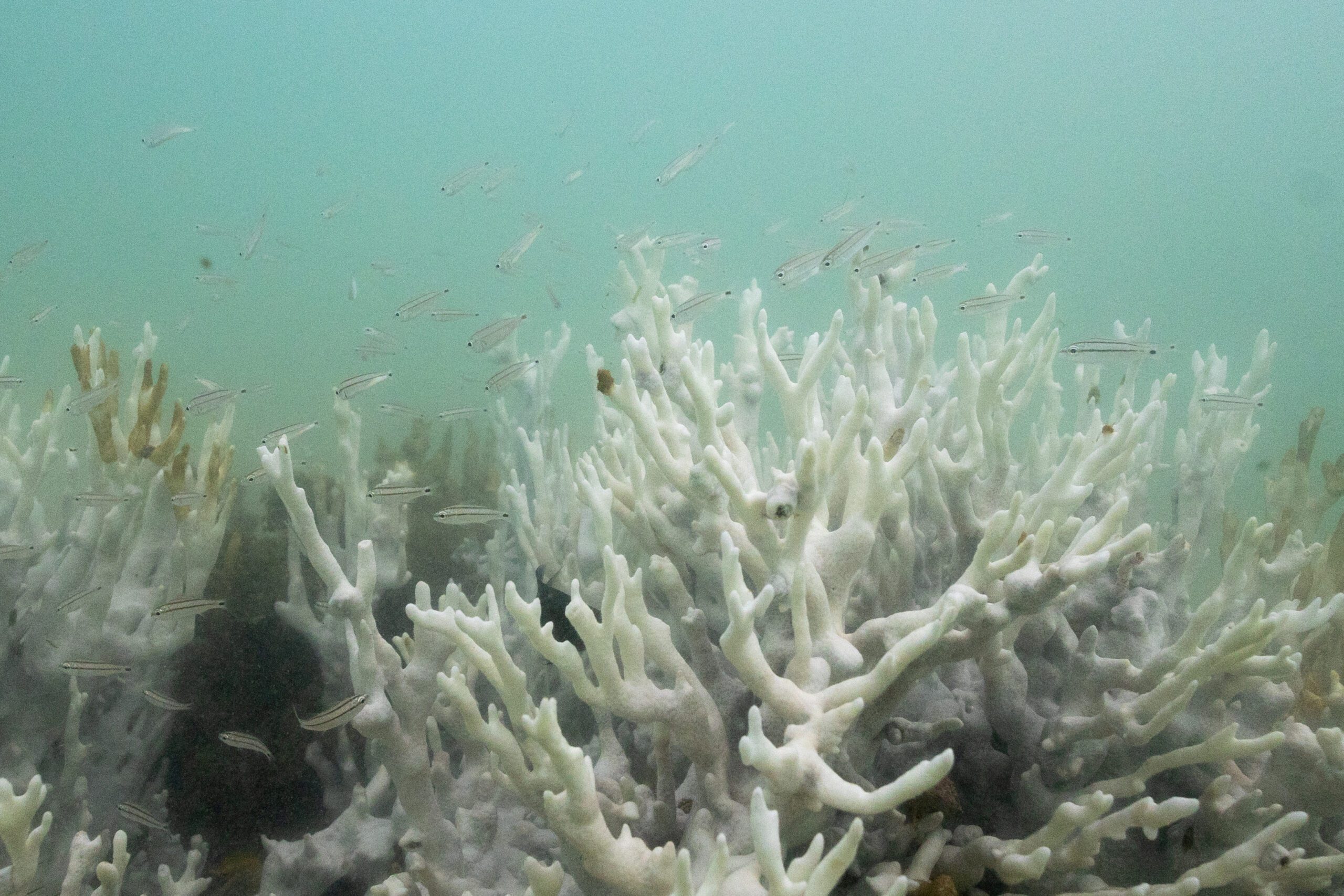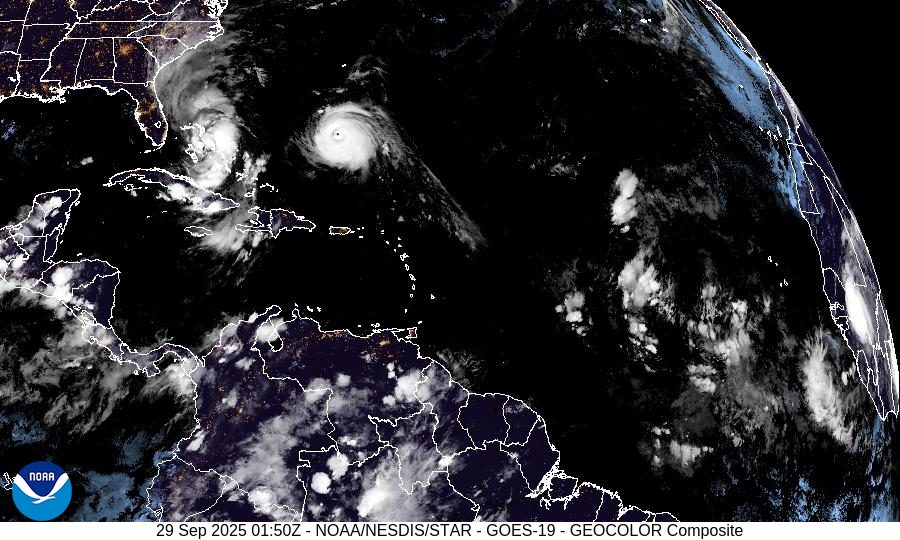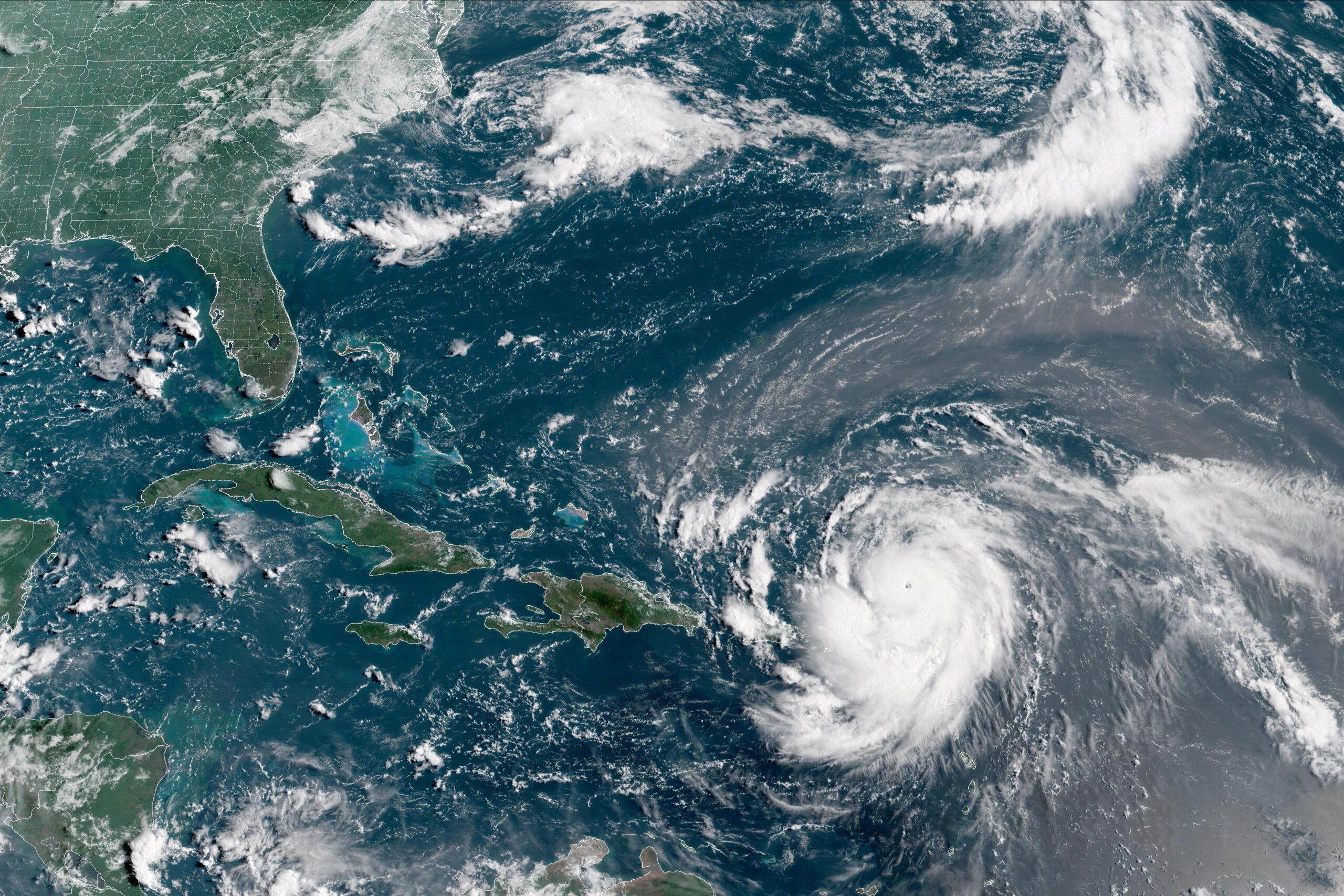HOUSTON, Sept 12 (Reuters) – U.S. energy producers on Thursday were assessing the extent of damage from Hurricane Francine to their U.S. Gulf of Mexico infrastructure while export ports in southern Texas began to reopen.
Hurricane Francine hit the Louisiana coast with up to 100 mile per hour winds (161 kph), knocking out power to 375,000 customers and bringing heavy rains and flooding to the state. Francine’s winds dropped quickly and it was over southern Mississippi early Thursday where another 54,000 customers were without power.
The extent of Francine’s impact on energy production began to emerge with new, higher estimates of lost output from the more than 171 offshore platforms evacuated. Woodside Energy also shut output at an offshore platform due to a power loss onshore.
The storm likely disrupted about 1.5 million barrels of Gulf of Mexico production, analysts at UBS estimated, and will reduce the region’s monthly oil production by 50,000 barrels a day.
U.S. oil futures on Thursday rose 1.7% on the production losses, and natural gas prices slumped less than 1% in early trading as liquefied natural gas export plants were spared the brunt of Francine.
Top U.S. oil and fuel export ports from south to central Texas reopened. Corpus Christi, the largest oil export port by volume, lifted restrictions, while ports in Freeport, Houston to as far north as Sabine reopened, the U.S. Coast Guard said.
Louisiana ports including Cameron, Lake Charles, New Orleans, Plaquemines, St. Bernard and sections of the Mississippi River remained closed, according to the Coast Guard. The closures were affecting energy, agricultural and metals exports.
(Reporting by Georgina McCartney in Houston and Ashitha Shivaprasad in Bengaluru; writing by Gary McWilliams, editing by Jason Neely and Deepa Babington)
(c) Copyright Thomson Reuters 2024.

 Join The Club
Join The Club











